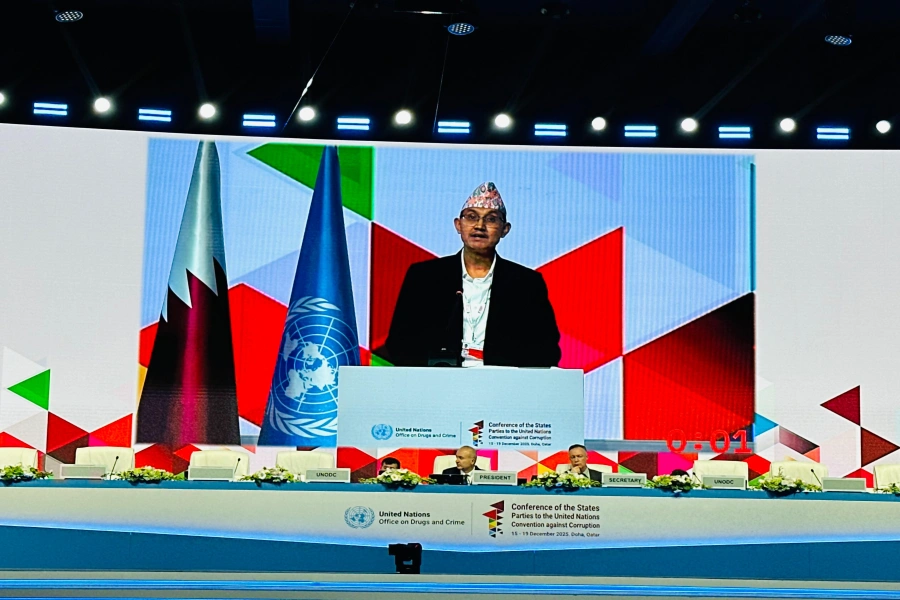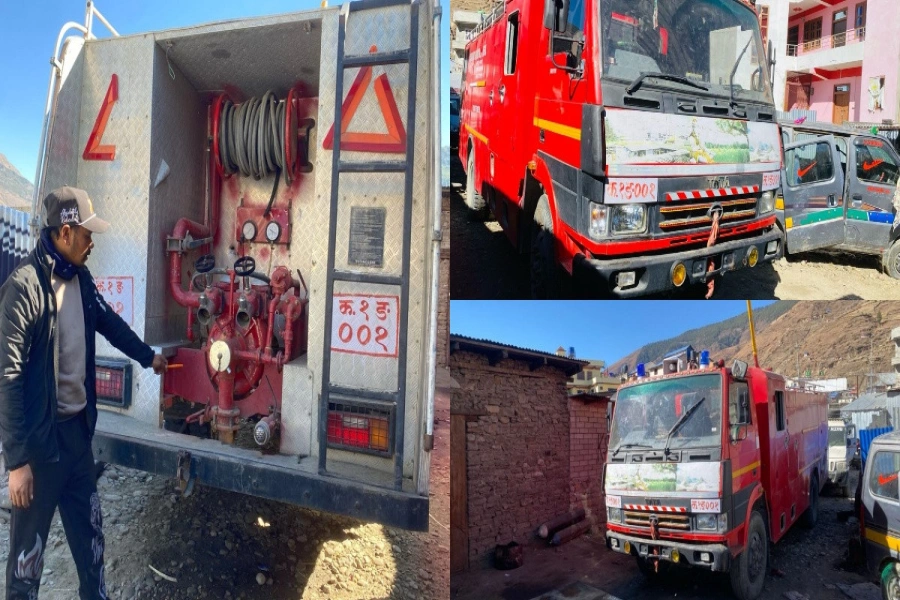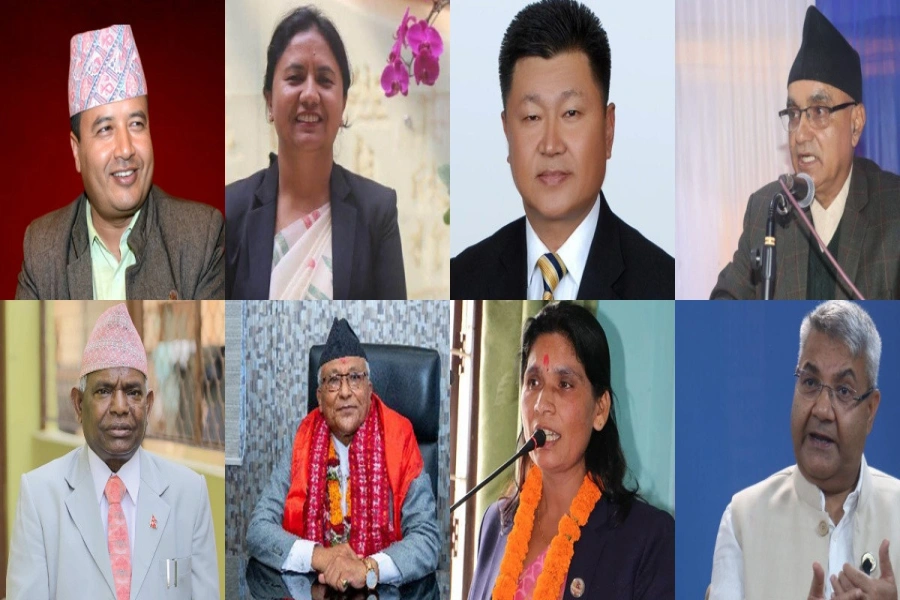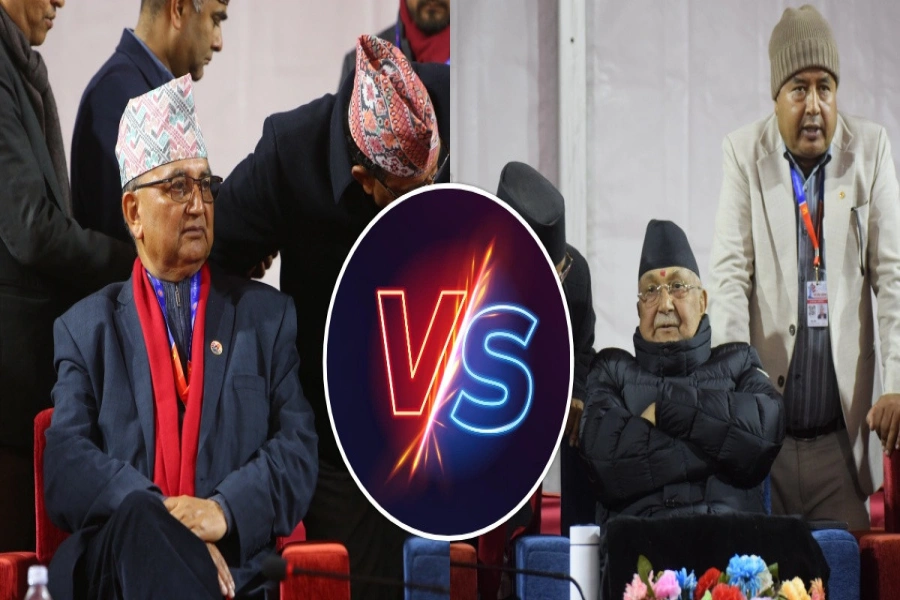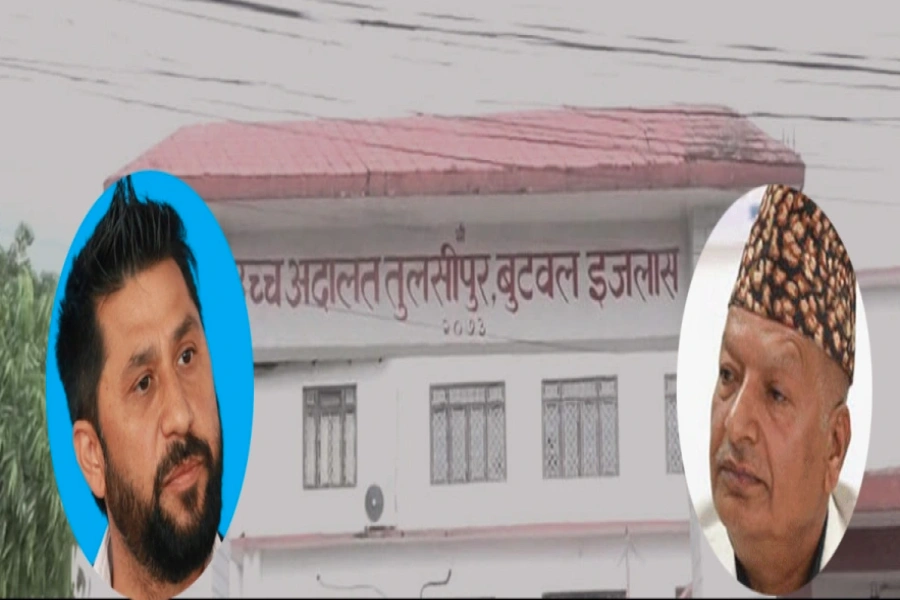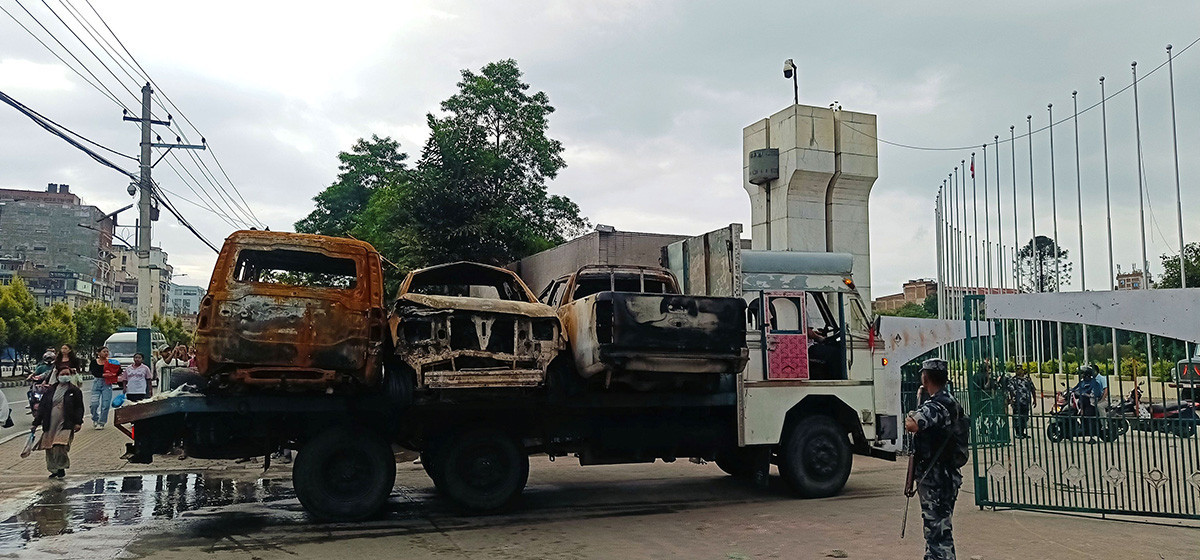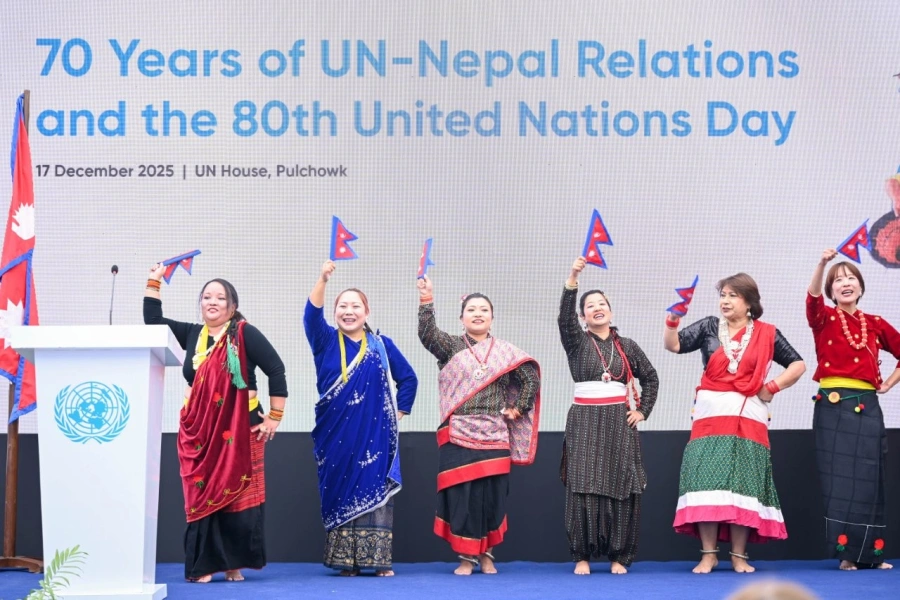About a year ago, I had the chance to attend an academic dialogue focused on the Dalit Movement. That dialogue struck a chord in me, prompting a question: Have there been any academic dialogues specifically addressing disability issues extensively? During this event, I had the opportunity to interact with prominent columnists who encouraged me to raise the issue through an article. This incident deeply affected me as well as motivated me to write an article. Subsequently, I began exploring whether there had been any specific dialogues organized around the issue of disability. Unfortunately, I found minimal academic discourse and noted a lack of significant actions initiated on this front.
In an era where diversity and inclusion are increasingly recognized as essential elements of societal progress, it's perplexing that disability inclusion still lags behind in the academic realm. This article delves into the critical question: When will disability inclusion become the agenda of academic discourse?
The UN Convention on the Rights of Persons with Disabilities (UNCRPD) underscores the evolving nature of 'disability' (UNCRPD, 2006, p. 1) and provides a comprehensive definition of persons with disabilities as individuals confronted by 'long-term physical, mental, intellectual, or sensory impairments,' which, when compounded by societal barriers, may impede their full and equitable engagement in society (UNCRPD, 2006, p. 4). This definition aligns with the Act Relating to Rights of Persons with Disabilities, 2017, highlighting a shared commitment to recognizing and addressing the challenges faced by this community.
According to Nepal's Census data, 2022, around 2.20% of the total population grapples with some form of disability. However, estimates from the World Health Organization and World Bank paint a more expansive picture, suggesting that between 10-15% of the population is living with disability. In the context of Nepal, the initiation of educational efforts for children with disabilities dates back to 2021 BS, with Laboratory Secondary School pioneering the education of visually impaired children. The educational landscape has since evolved, comprising approximately 23 special schools, 35 integrated schools, and over 380 resource classes, all dedicated to catering to the diverse needs of children with disabilities.
Understanding disability

Disability serves as an interdisciplinary subject linked to a myriad of broader societal issues. Despite its undeniable relevance, academic disciplines have not fully embraced and acknowledged these connections. Notably, in Nepal, a comprehensive commitment to disability studies is conspicuously absent within academic institutions. Tribhuvan University does offer bachelor's and master's degrees in Special Needs Education, and Kathmandu University hosts the Disability Research Center, focusing on disability-related research. However, beyond these initiatives, there is a glaring lack of significant developments in the Nepalese academic landscape.
Despite the wealth of literature, research studies, and documents produced by academic institutions and authors globally, the available literature on disabilities in Nepal, particularly, is scant, with the majority originating from civil societies. It is striking that while academic dialogues extensively cover issues concerning women, Dalit, Madhesi, and Indigenous communities, the disability community remains largely overlooked. The existing academic discourse on disability lacks an intersectional approach, neglecting to delve into the multifarious layers and complexities intertwined with disability.
The disability movement in Nepal has encountered challenges in collaborating with academic institutions. They have primarily focused on advocating with government entities for policy formulation and implementation, relying heavily on lived experiences in their advocacy initiatives. In the current context, evidence-based advocacy has gained significant importance. However, this approach has not been fully embraced by the Organizations of Persons with Disabilities (OPDs) yet. Moving forward, there is no alternative but to engage in collaboration with academic institutions. This collaboration is essential to provide evidence, data, and research, thereby ensuring evidence-based advocacy that can lead to the intended outcomes.
In the current academic landscape, there is an absence of substantive consideration regarding how disability intersects with various other societal aspects in both theoretical discourse and academic applications. Furthermore, within academic circles, there seems to be a lack of acknowledgment or recognition of the critical issues surrounding disability. Although some research endeavors have explored disability-related topics, their impact remains limited due to inadequate dissemination. The underlying causes contributing to this deficit include a general lack of awareness about disability issues among academic institutions and scholars.
Additionally, the failure to prioritize disability concerns, coupled with attitudinal barriers, perpetuates this gap in academic discourse. Addressing these challenges is imperative for furthering an inclusive academic environment that extensively recognizes and engages with the complexities of disability studies.
To facilitate the integration of disability inclusion into academic discourse, a series of proactive measures can be undertaken. Initially, enhancing awareness among academic institutions and scholars about the intricacies and significance of disability issues stands as a fundamental step. This necessitates the implementation of sensitization programs, workshops, and educational initiatives geared towards broadening knowledge and understanding.
Moreover, it is imperative to accord heightened priority to disability studies within academic environments, fostering interdisciplinary research and the seamless integration of related content into curricula. In addition, addressing the challenge of disseminating research findings requires the implementation of strategies aimed at reaching a broader audience. This may entail utilizing various platforms, forming collaborations with Organizations of Persons with Disabilities (OPDs), and employing accessible formats for information sharing.
Ultimately, overcoming attitudinal barriers is essential. This can be achieved through the cultivation of inclusivity, the encouragement of diverse perspectives, and the active promotion of engagement in discussions related to disability within academic settings. These collective efforts will undoubtedly play a pivotal role in ensuring comprehensive disability inclusion within academic discourse.
Summing up, as we reflect on the pressing need for disability inclusion to take center stage in academic discourse, the pivotal role of collaboration between Organizations of Persons with Disabilities (OPDs) and academic institutions becomes increasingly evident. In a world where data and evidence are paramount, this collaboration not only addresses the pervasive challenges faced by persons with disabilities but also propels us towards making their rights a tangible reality. The nexus between research findings and actionable plans is the catalyst for genuine change, and in the context of Nepal, it can mark the initiation of a discourse that has the potential to reshape the landscape of disability inclusion. The time is now to elevate disability from the periphery to the forefront of academic dialogue, embracing a future where the rights of every individual are not just acknowledged but made real.







